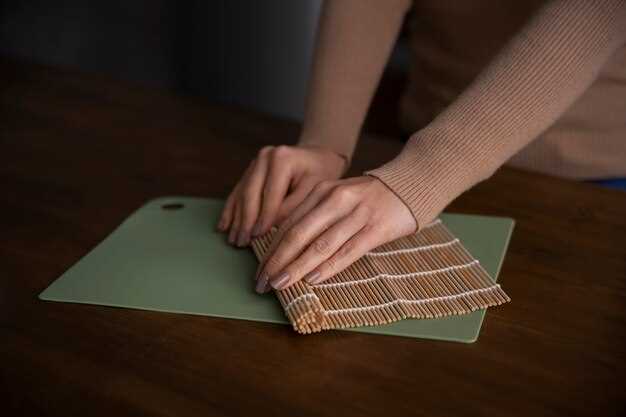
All-weather floor mats vs carpet – pros and cons

When it comes to maintaining the integrity of your vehicle’s interior, the choice between all-weather floor mats and carpets plays a crucial role. Both options provide some level of protection, but they differ significantly in terms of functionality and aesthetics. Understanding the benefits and drawbacks of each can help you make an informed decision that aligns with your lifestyle and needs.
All-weather floor mats are designed to withstand a variety of conditions, offering superior protection against dirt, mud, snow, and spills. Their durable materials effectively trap debris and moisture, preventing damage to your vehicle’s flooring. However, their practical nature often comes at the expense of style; many all-weather mats lack the visual appeal of traditional carpets.
On the other hand, carpet offers a more refined look and feels comfortable underfoot, enhancing the overall ambiance of your vehicle’s interior. While carpets do provide a certain level of protection, they are more susceptible to stains and wear, especially in harsh weather conditions. This vulnerability requires more frequent cleaning and maintenance, which may not be ideal for everyone.
Durability and Longevity of All-Weather Floor Mats
All-weather floor mats are designed to provide superior protection for your vehicle’s interior, making them a popular choice for many car owners. Their durability and longevity often set them apart from traditional carpet mats. Several factors contribute to the effectiveness of all-weather floor mats in terms of both durability and providing ongoing protection.
- Material Composition: Most all-weather mats are crafted from high-quality materials such as rubber or thermoplastic elastomer (TPE). These materials are resistant to wear and tear, making them less prone to damage from daily use.
- Weather Resistance: All-weather mats excel in protecting against moisture, mud, and debris. Their waterproof properties ensure that spills do not seep through, helping maintain the underlying carpet in excellent condition.
- Easy Maintenance: Unlike traditional carpets, all-weather mats can be easily cleaned with just a hose or a cloth. This ease of maintenance contributes to their longevity as they can be kept free from stains, thereby preserving their appearance and functionality.
- Design Features: Many all-weather mats come with raised edges and deep grooves that trap dirt and liquids, providing better protection for the floor. This design minimizes the likelihood of wear in critical areas.
- Resistance to Fading: All-weather mats often include UV-resistant materials that prevent fading over time. This characteristic helps retain their visual appeal and functionality, ensuring they last longer.
In comparison to traditional carpet mats, all-weather floor mats demonstrate significantly enhanced durability. Their ability to withstand adverse conditions while providing protection ensures that they remain an effective investment for vehicle owners. Although initial costs may be higher, the long-term benefits in terms of vehicle hygiene and interior upkeep far outweigh the drawbacks.
Ultimately, the selection of all-weather floor mats can significantly lengthen the life of your vehicle’s interior, proving to be a wise choice for those seeking reliable protection.
Comparative Protection Offered by Mats vs. Carpets

When considering floor protection in various environments, it’s essential to evaluate the differences between mats and carpets. Each option provides unique benefits but also presents distinct drawbacks in terms of durability, maintenance, and environmental impact.
Mats are specifically designed for protective purposes. They are often constructed from materials that are resistant to moisture, stains, and wear. This makes them ideal for high-traffic areas, particularly in homes with pets or children, as they can neutralize spills and prevent dirt from penetrating the underlying floor. Moreover, mats can be easily removed and cleaned, ensuring that the protection they offer is both effective and maintainable.
In contrast, carpets typically provide a softer, more comfortable surface but lack the same level of protection against environmental factors. While carpets can trap dust and allergens, making them beneficial for indoor air quality, they are more susceptible to permanent stains and damage from heavy foot traffic. Once soiled, carpets often require professional cleaning, which can be costly and time-consuming, diminishing their overall protective capabilities.
In summary, mats excel in providing robust, easily maintainable protection while carpets offer a more aesthetic appeal at the potential cost of durability. The choice between mats and carpets ultimately depends on individual needs and the specific environment in which they will be used.
Maintenance Requirements and Cleaning Approaches

Maintaining the appearance and functionality of floor mats requires different strategies depending on the material and type. For all-weather mats, which are designed to withstand harsh conditions, the maintenance process tends to be straightforward. Regularly shaking out or vacuuming these mats can help remove dirt and debris, preserving their effectiveness and aesthetics.
Cleaning approaches for all-weather floor mats typically involve using a hose or pressure washer for deep cleaning, especially after periods of heavy use. This method effectively removes mud, sand, and other stubborn particles that can accumulate. After rinsing, it is advisable to let the mats dry completely before reinserting them into the vehicle or home.
Carpet mats, on the other hand, have different maintenance needs. Frequent vacuuming is essential to keep these floor mats in good condition, as it helps prevent dirt and stains from embedding into the fibers. In cases of spills or stains, prompt treatment is crucial. Using a mild carpet cleaner or a mixture of water and vinegar can effectively lift stains without damaging the material.
It is also beneficial to periodically deep clean carpet mats using a steam cleaner or professional cleaning service, which can extend the life of the mats significantly. Additionally, installing protective mats over carpet mats in high-traffic areas can prevent wear and tear, reducing the overall maintenance required.
Both all-weather and carpet mats serve valuable functions in protecting floors, but understanding their maintenance and cleaning requirements ensures that they remain effective and visually appealing for a long time.